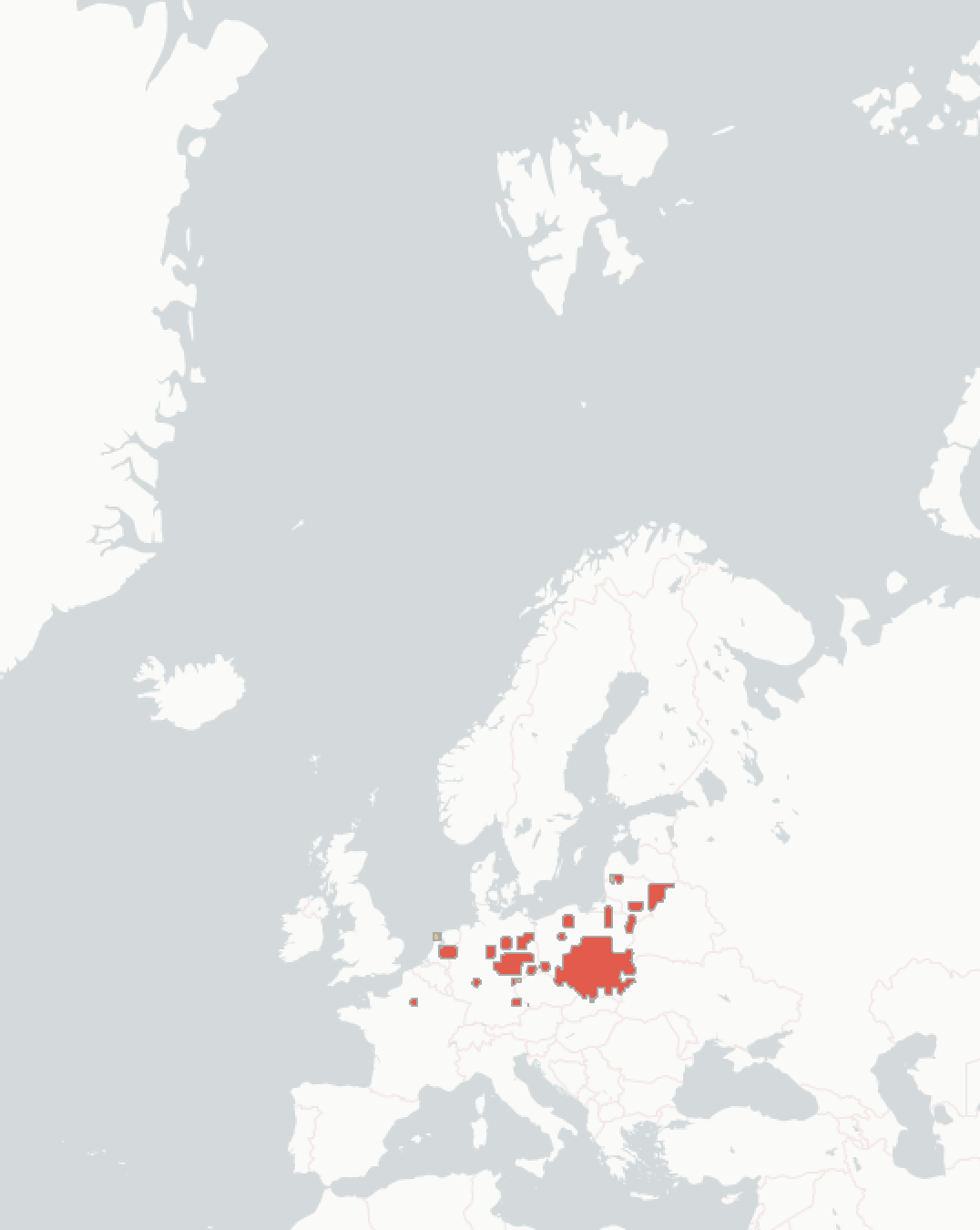Caspian Gull (Larus cachinnans): vulnerability to climate change
Evidence for exposure
Potential changes in breeding habitat suitability:
-
Current breeding area that is likely to become less suitable (97% of current range)
-
Current breeding area that is likely to remain suitable (3%)
-
Current breeding area that is likely to become more suitable (0%)
Current impacts to Caspian Gulls attributed to climate change:
-
There are no impacts of climate change recorded for this species
Predicted changes in key prey species:
No key prey assessment was carried out for this species.
Sensitivity
-
This species has a long generation length (>10 years), which may slow recovery from severe impacts and increases population extinction risk
Adaptive capacity
-
Caspian gulls have a varied diet and is likely to able to prey switch. Change, or loss, of prey species due to climate change is unlikely to have wide-spread impact.
-
Caspian gulls have recently expanded their range into several new areas of Europe and the species seems able to disperse and exploit suitable habitat effectively.
